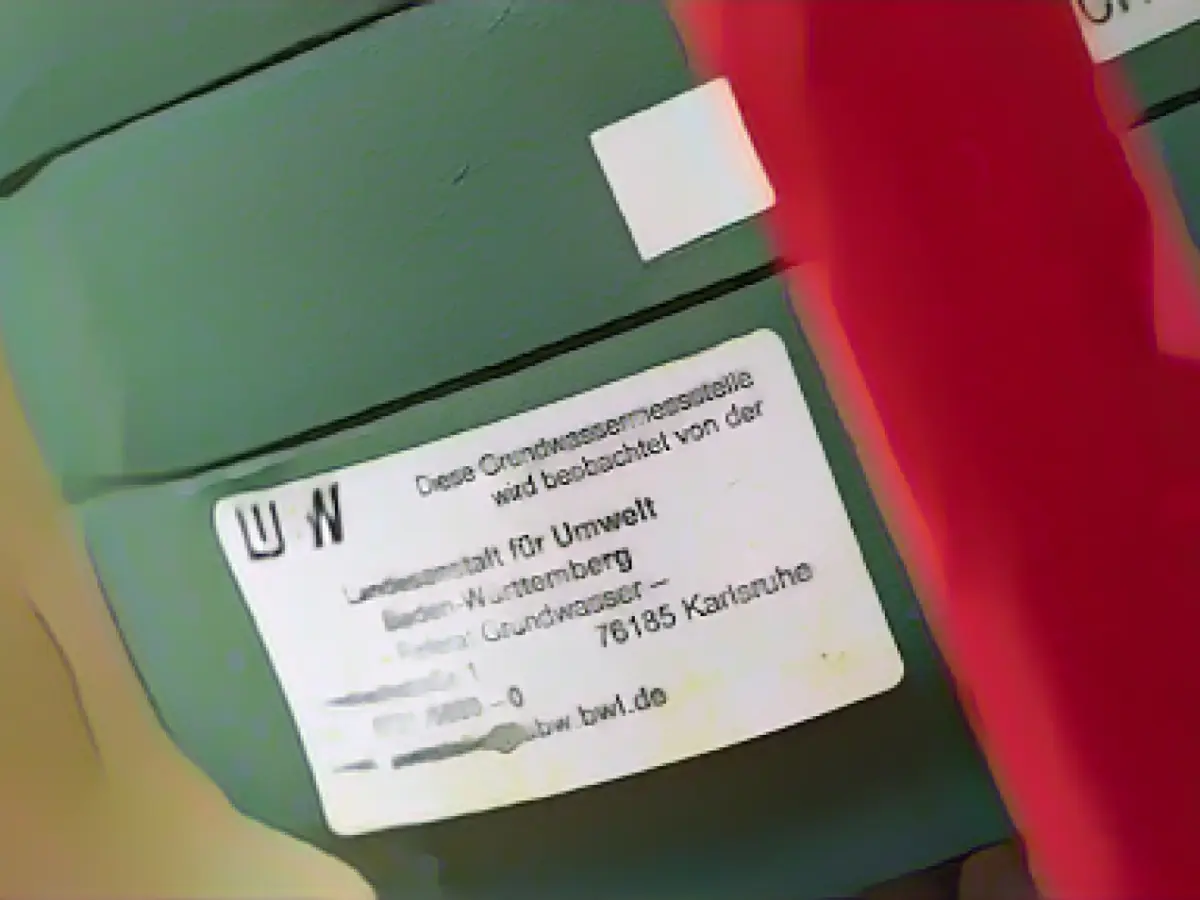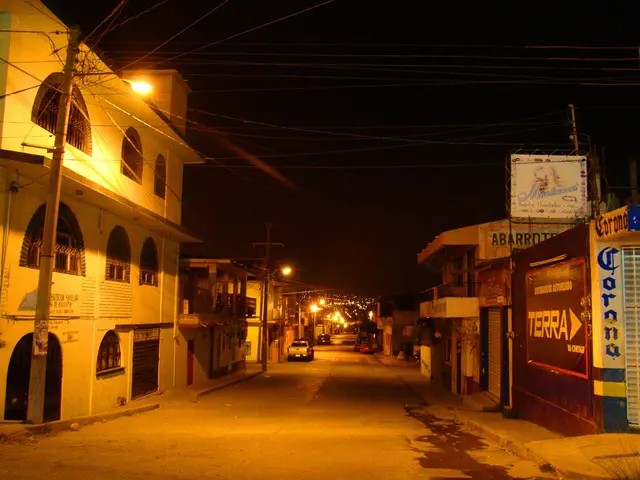Southwest Groundwater Recovery in Full Swing
Good news for Baden-Württemberg! After a plethora of rain in late October, the region's groundwater conditions have bounced back with a vengeance. As announced by the State Institute for the Environment of Baden-Württemberg (LUBW) in Karlsruhe on November 28, groundwater levels surged above average at the month's end. In fact, one out of every four measuring points even showed high levels.
The Central Upper Rhine, Upper Swabia, and the Neckar Basin area has witnessed a substantial recovery, particularly noteworthy in the first two regions. Compared to November 2022, the groundwater conditions are now higher, according to the latest data. The soil water reservoirs were already well-filled, and constant rainfall since mid-November has further aided the groundwater recharge process.
The LUBW has observed that this process has accelerated since the latter half of November and will likely continue during the following weeks. Fortunately, potential large-scale bottlenecks in water supply have been averted due to this robust groundwater recovery.
As the LUBW analyzes groundwater conditions, it takes into account factors such as soil moisture, meteorological data, historical extreme values, the previous season's hydrological annual course, groundwater recharge, climate projections, among others.
Environmental Enhancement in Upper Swabia
The enhancing groundwater conditions in Upper Swabia have resulted in improved environmental health, alleviating potential water supply issues in places like Upper Rhine and Karlsruhe in the southwest. Despite regional variations in rainfall, the effects of the wet weather in Karlsruhe and other neighboring regions have tallied to grant a better-than-expected start for groundwater recharge.
Future Predictions and Climate Impact
Despite the encouraging recovery, groundwater predictions for the future remain crucial for environmental forecasting. The climate in Baden-Württemberg, including regions like Upper Swabia and the Upper Rhine, has profound implications for groundwater levels and overall environmental changes.
Enrichment Insights
As the source content does not specifically address the impacts of recent rainfall on the Central Upper Rhine, Upper Swabia, and the Neckar basin, we can infer some general trends related to climate change and water management in these regions:
- Climate Change Trends: Research indicates a notable increase in annual average air temperature (0.76 °C/10a) in the Xiying River basin over the past 40 years. This can impact snowmelt patterns and groundwater recharge.
- Precipitation Trends: The same study suggests a decrease in annual precipitation (5.59 mm/10a) while the annual rainfall has risen (11.01 mm/10a), leading to more variable and intense rainfall events.
These trends could impact groundwater supply and environmental forecasting in these regions. Efficient water use, water reuse, and smart metering strategies are essential for managing water resources more effectively, as emphasized in the EU Water Resilience Strategy.
Regions like Upper Swabia and the Neckar Basin may face similar challenges due to such climate patterns. It is crucial to address these issues proactively and prepare for more variable precipitation patterns to ensure sustainable water resources in the long term.








